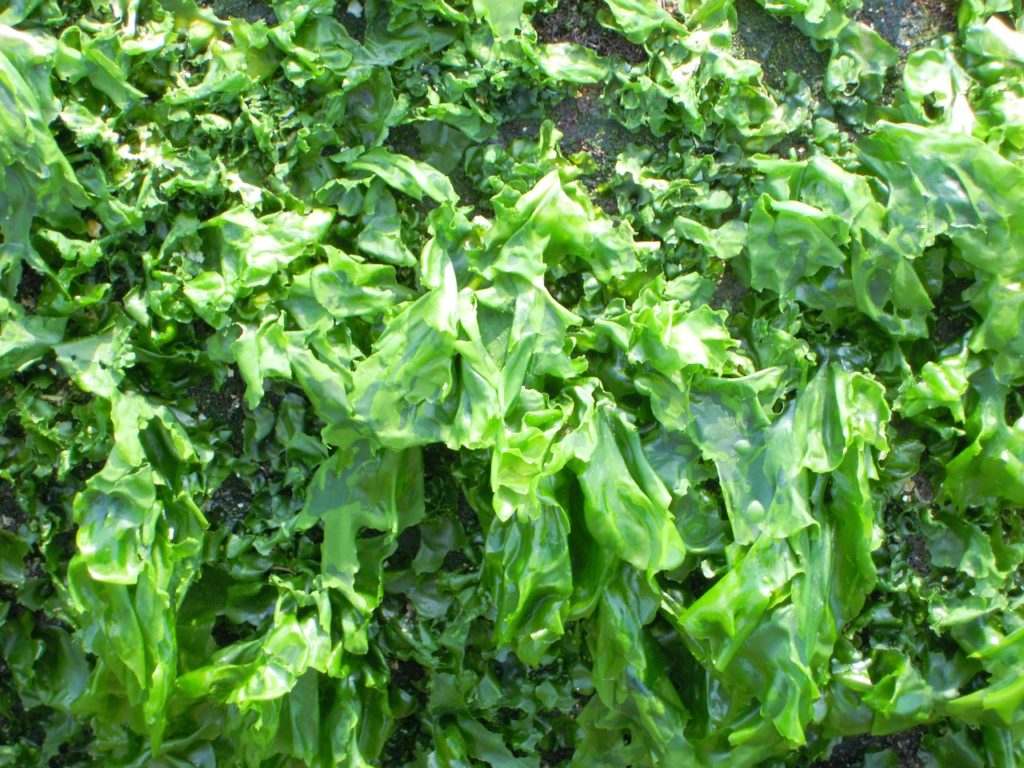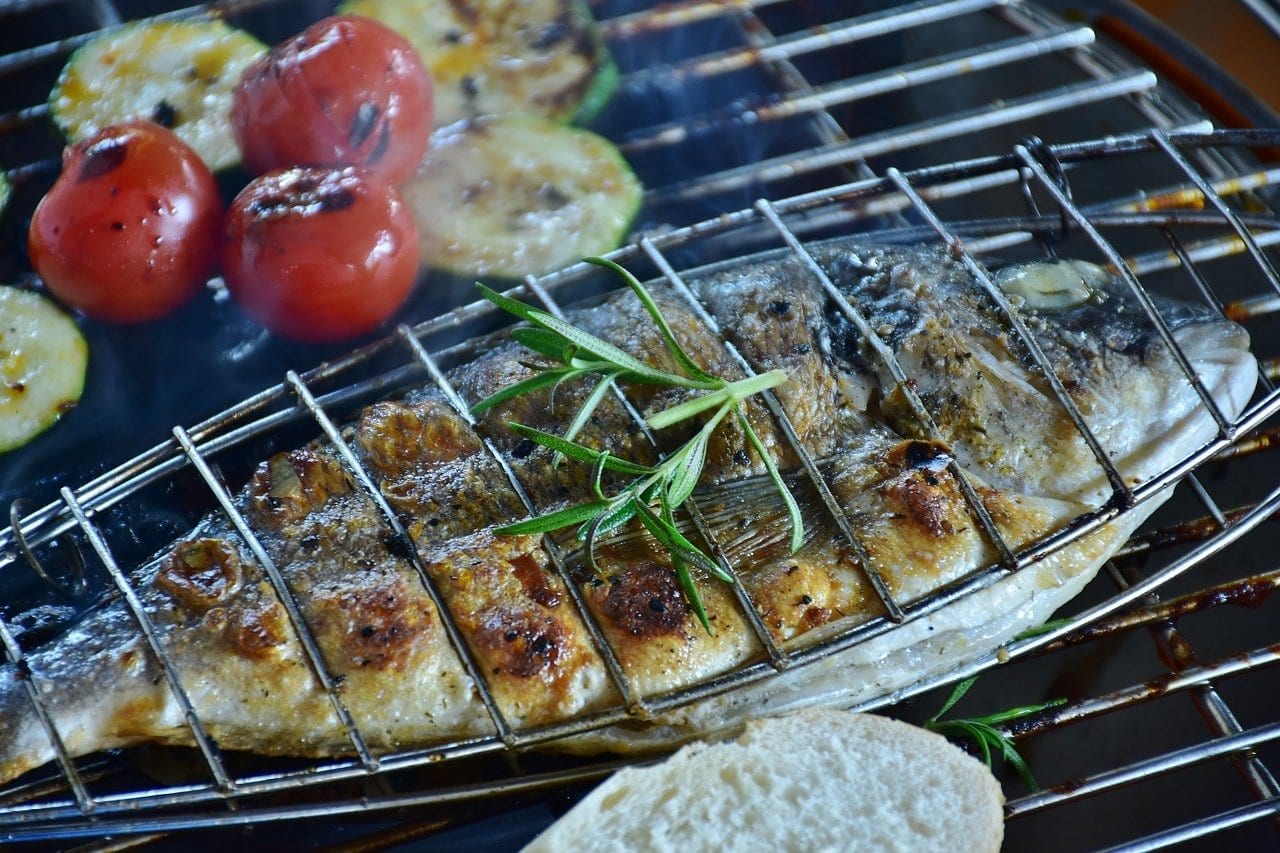Since the potential of this marine food how I use in the kitchen, growing edible algae began to be a reality around the world. In Spain, about three years ago we could already see its definitive settlement in very specific areas. Those that are suitable for the growth and development of species such as the so-called sea lettuce. From harvesting in natural aquatic environments to aquaculture, this product wins wholeheartedly for the future of food. Although it is true that in other gastronomies Like Chinese or Japanese, its use is more widespread, in our country it can increase until it is consolidated. Below we analyze some examples and projects with Spanish algae.
From north to south, seaweed harvest
All the microalgae are very important for the planet's ecosystem because they generate the 50% oxygen that we breathe. But they also have enormous potential with their application in various sectors, including food. But also the Environmental and even energetic. For all this, the companies that have launched the research and harvest of algae in Spain are having success.
En Asturias there are already several companies that are dedicated to this industry. One of them has a field of cultivation of macroalgae in open waters of Lastres. They produce what is known as laminaria alga «sugar kombu«, Highly appreciated in gastronomy and highly commercialized throughout the world. But also in microalgae, other Asturian companies have launched into the business.
Cantabria It is another area where the waters that bathe the community are ideal for growing edible algae. Although, as we are going to see in the following paragraphs, there is even room for production far from the sea. This last one turns out healthier for being free of the pollutants present in the oceans.
But from north to south, the provinces of Huelva and Cádiz they also have small groups that harvest such popular species as the sea lettuce. Even with certification organic farming. A good example is found in cartaya, in the Marismas del Río Carreras and Flechas del Rompido Natural Park. Both the green and the red seaweed they grow indigenously.
Algae from Cantabria but far from the sea
The opportunity these marine products offer goes even beyond being close to their own ecosystem and is encouraging. Above all, looking to the future, growing edible algae in Spain it can expand. A Cantabrian company, Investigate Water god, has already obtained crops far from the sea. Its sea lettuce is developed in a project of aquaculture integrated multitrophic that now intends to be sold in different formats. The objective is to have it available throughout the year to be able to respond to its constant demand.
Pools with water, yes, from the sea, serve as an environment for the growth of the aonori, whose specific species is Ulva lactuca (sea lettuce, popularly). With the replica of light conditions and temperature certain, as well as ecological nutrients, their reproduction is achieved.

Advantages of growing edible algae
In business terms, growing edible algae in natural environments is a very useful alternative for fishermen who see their subsistence in danger in a sector - the fishing sector - greatly diminished year after year. The conversion thus becomes attractive for them, added to the boom in the use of these products in a variety of sectors.
One of them is the gastronomic, where algae offer versatile possibilities. For example, sea lettuce can be used as Garrison in some recipes or serve as seasoning for others. It is also useful as a flavor enhancer and we cannot forget the food option Vegan that it means for this group.
It is a product with lots of protein and little fat, even considered a superfood. It has a lot of magnesium, calcium and iron, in addition to Omega-3. Its flavor is intense, while the texture seduces great cooks. But also to other food producers who can incorporate these algae as an additional element to chocolates, cheeses or energy bars.
In short, you see that growing edible algae has a huge future as an industry. We will remain attentive to innovations that arise around them because the feeding of the future it doesn't just go through insects.







